Debunked: The “Pause” in Global Warming Myth
A decade ago, multiple people in the climate community believed that the rising global surface temperatures had paused in 1997. Researchers published studies supporting this idea, and the peak of slower-than-average warming occurred in 2015.
While the hiatus debate generated a lot of useful research on short-term temperature variability, the last eight years are the warmest eight years since records began in the mid-1800s.
Did Climate Change “Pause”?
Nearly a decade later, talk of a “pause” has re-emerged among climate skeptics. Columnist Melanie Phillips claimed in the Times that, “contrary to the dogma which holds that a rise in carbon dioxide inescapably heats up the atmosphere, global temperature has embarrassingly flatlined for more than seven years even as CO2 levels have risen.”
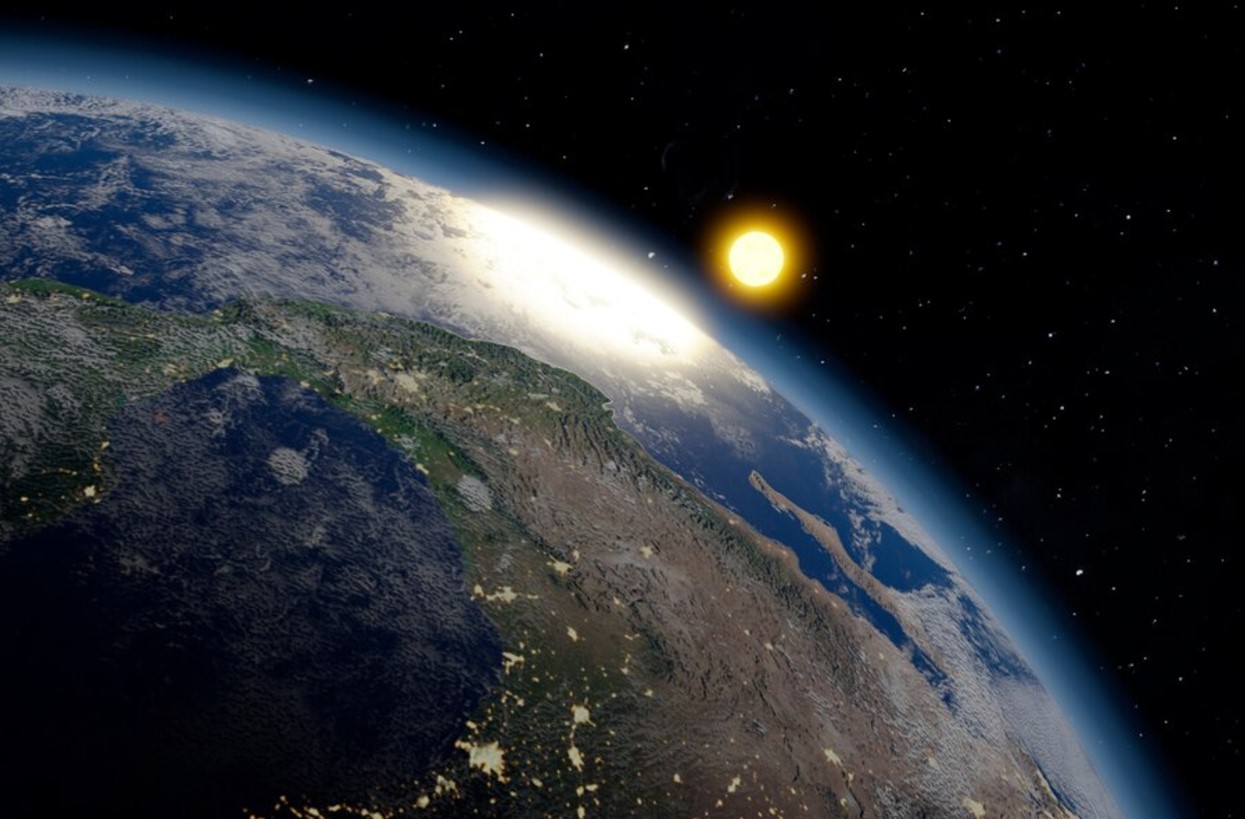
Source: Freepik
CarbonBrief reports that long-time climate skeptic Christopher Monckton’s blog appears to be the source of this information.
The Source of the Claim
Monckton’s blog claims to highlight the lack of a trend in global temperatures over the last eight years. While the last eight years have been unusually warm, global temperatures exceed 1.2 Celsius pre-industrial levels.
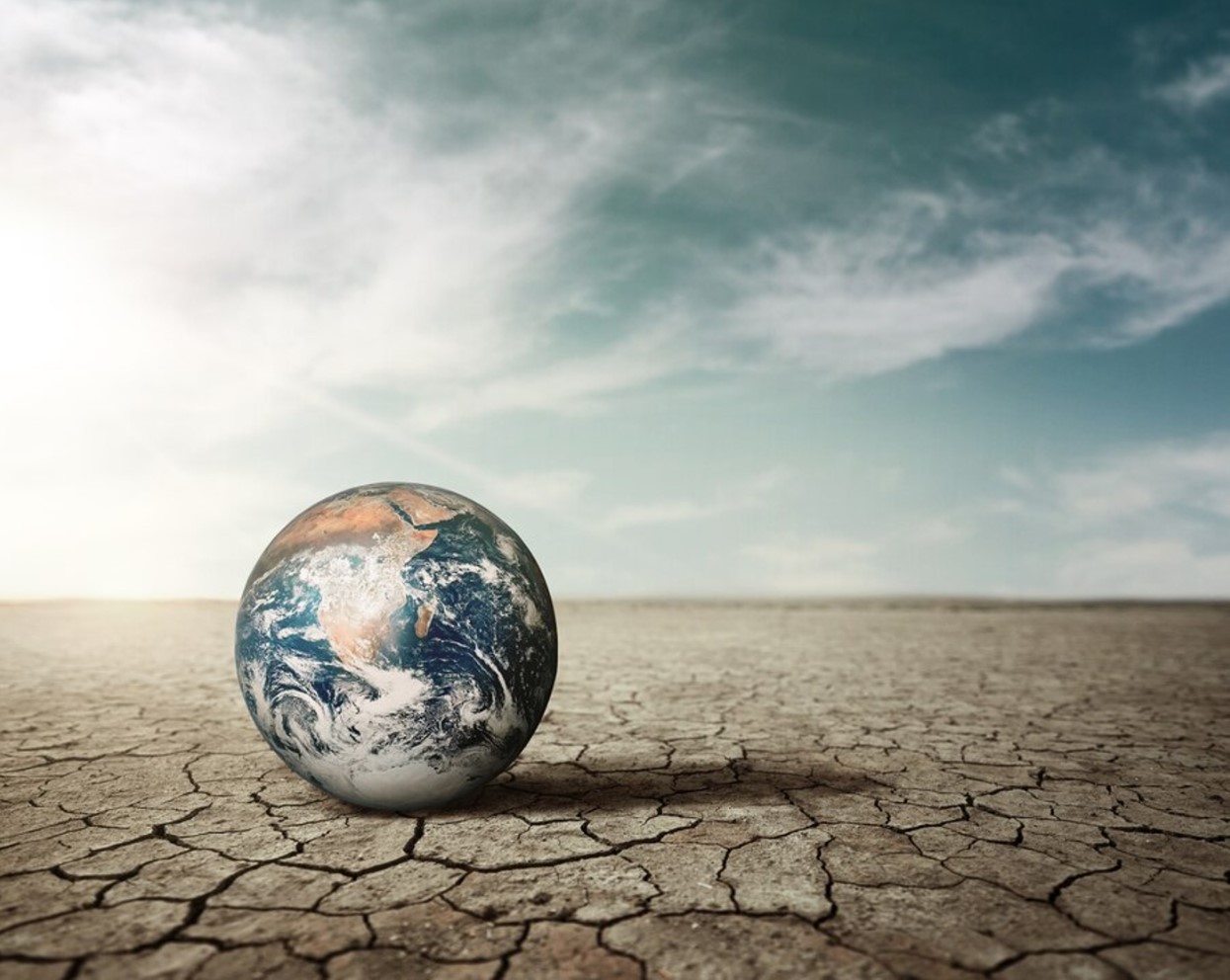
Source: Freepik
Drawing the conclusion that warming has “flatlined” relies on looking at data over a short period in isolation.
Push Back Against the “Pause”
In a rebuttal letter to the Times, Professor Richard Betts, the head of climate impacts research at the Met Office Hadley Centre and University of Exeter, points out that it is “fully expected that there will be peaks of particularly high temperatures followed by a few less hot years before the next new record year.”
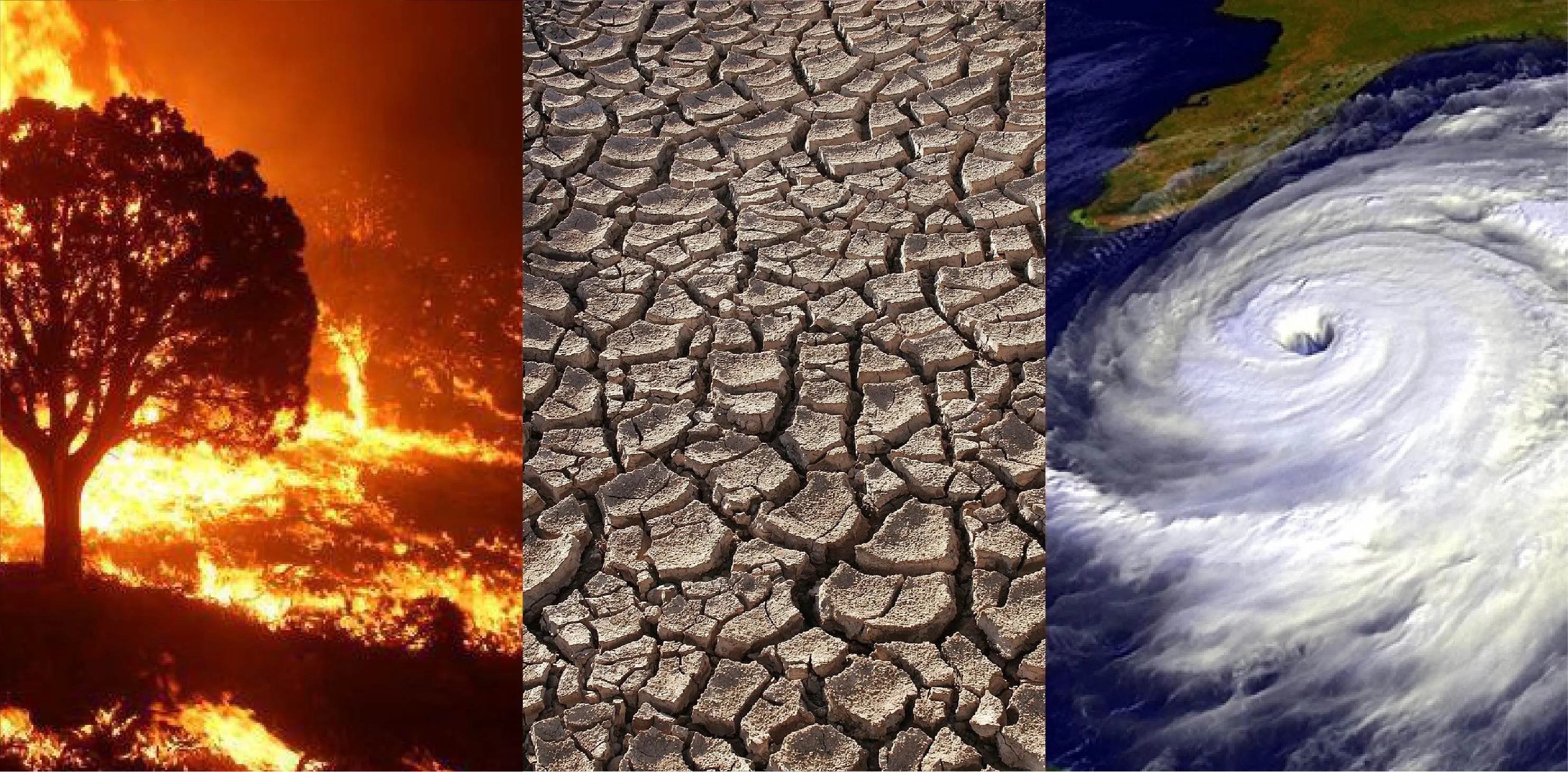
Source: NASA
To differentiate between weather, which is short-term and climate and the long term and atmospheric data, one must not look at temporary weather patterns.
The Slow Down and Speeds Up of Climate Change
When looking at the record of global temperatures over time, there are periods where the rate of warming either slows down or speeds up for short durations.

Source: Muffin Creatives/Pexels
These fluctuations are caused by natural factors that influence the climate, such as volcanic eruptions, solar activity, and oceanic patterns like El Niño or La Niña.
No Evidence of a Pause
Despite these short-term variations, the overall long-term trend is a consistent increase in global temperatures due to human activities, particularly the emissions of carbon dioxide (CO2) and other greenhouse gasses.

Source: Wikimedia
However, there is no evidence that in the past eight years that there has been a “pause” in the increasing threat of climate change on Earth.
The Claims Comes From a Short Period of Data
Drawing the conclusion that warming has “flatlined” relies on looking at data over a short period in isolation.
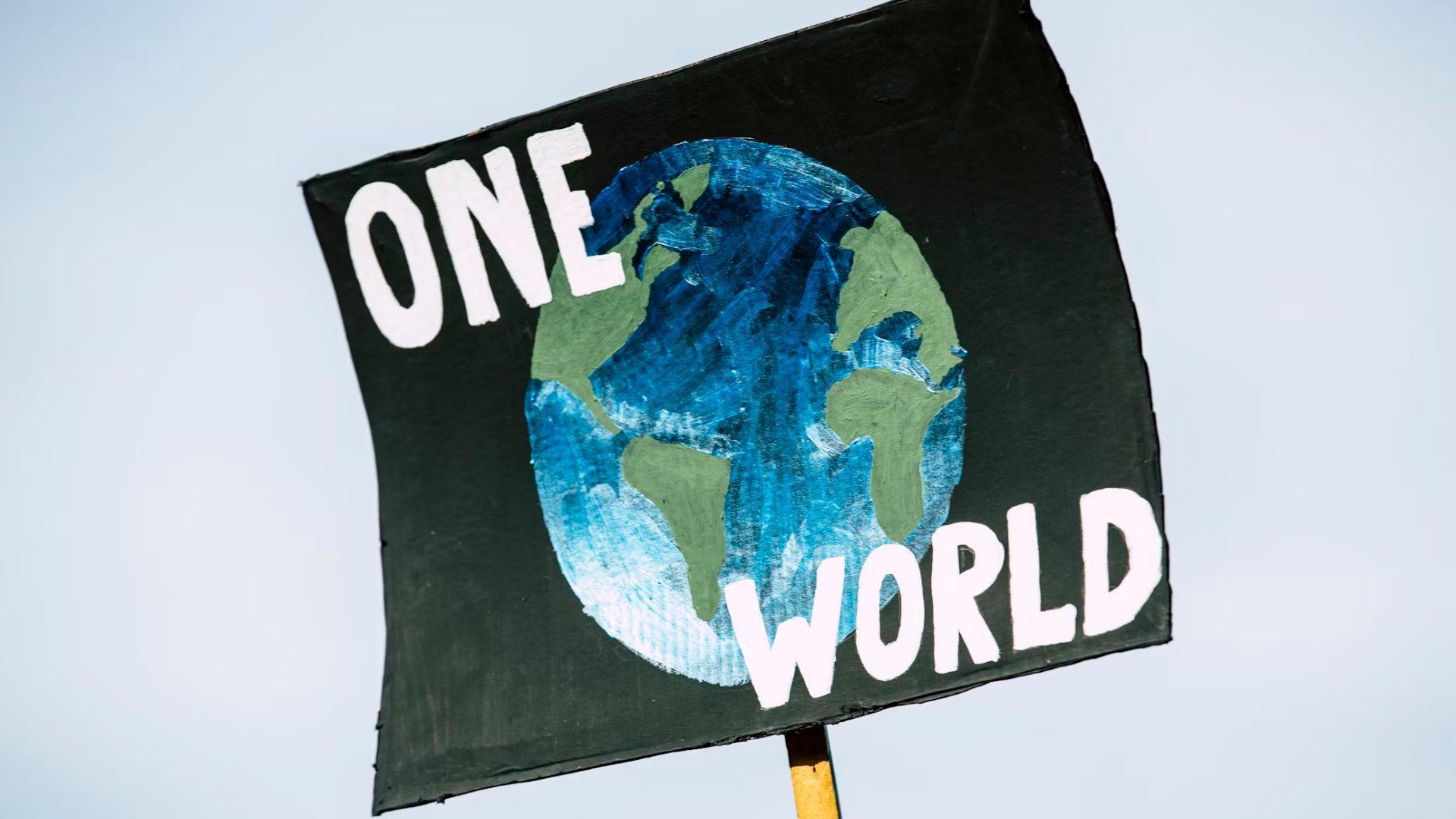
Source: Markus Spiske/Unsplash
Looking at these last eight years in isolation ignores that larger context and provides a misleading impression that global warming has “stopped.”
Cherry Picking Evidence
The reality of saying that global warming has “paused” is a result of cherry-picking data to prove a point. While temperatures are a little cooler than predicted by long-term warming trends before the 2015-16 super El Niño, there hasn’t been a “pause” in climate change.
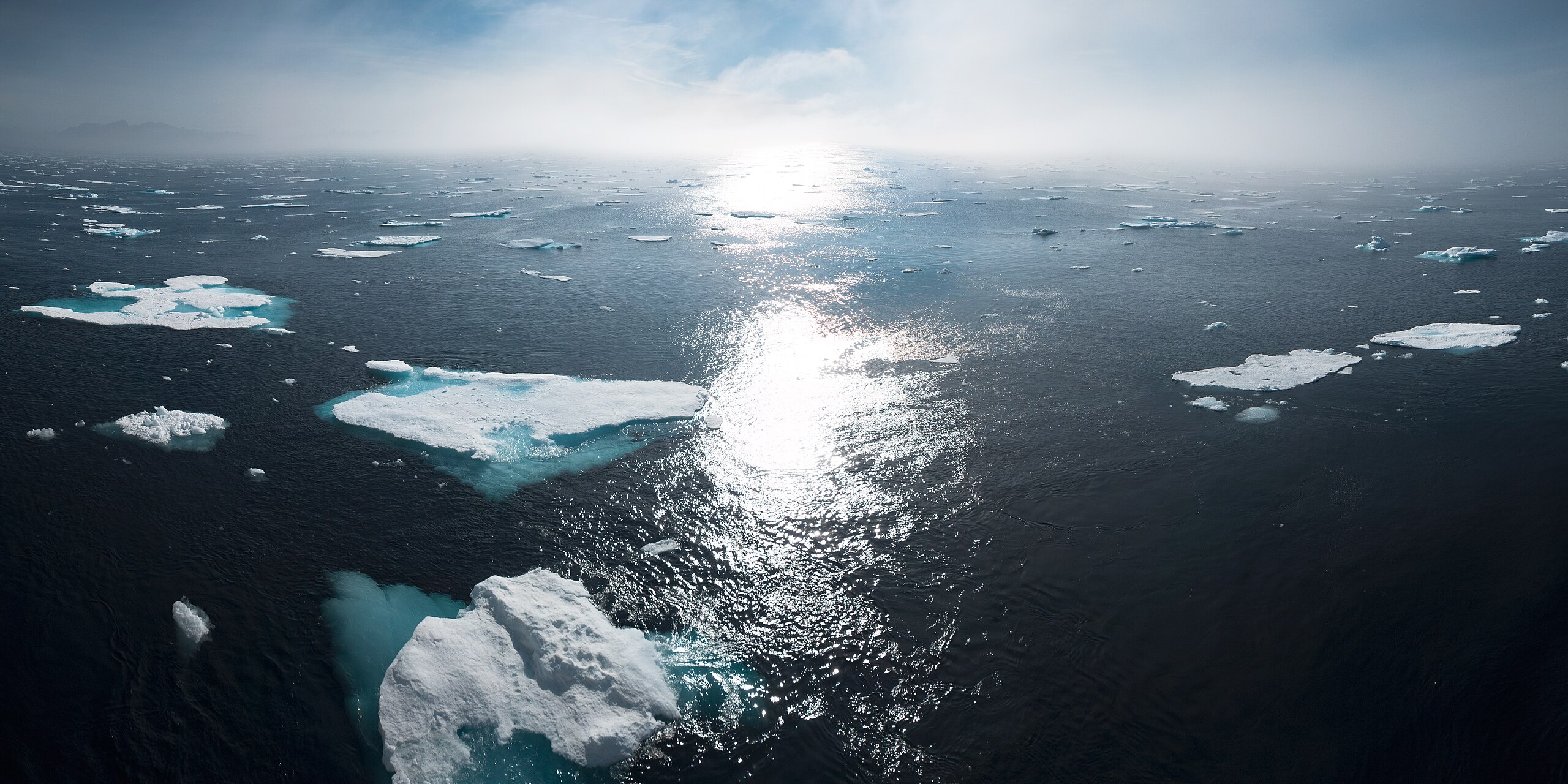
William Bossen/Wikimedia Commons
CO2 levels have not driven the Earth’s climate system. Instead, natural events often drive year-to-year variability.
Phenomena Causes Changes
These phenomena cause short-term impacts on global temperatures. However, these do not alter the long-term warming trend.
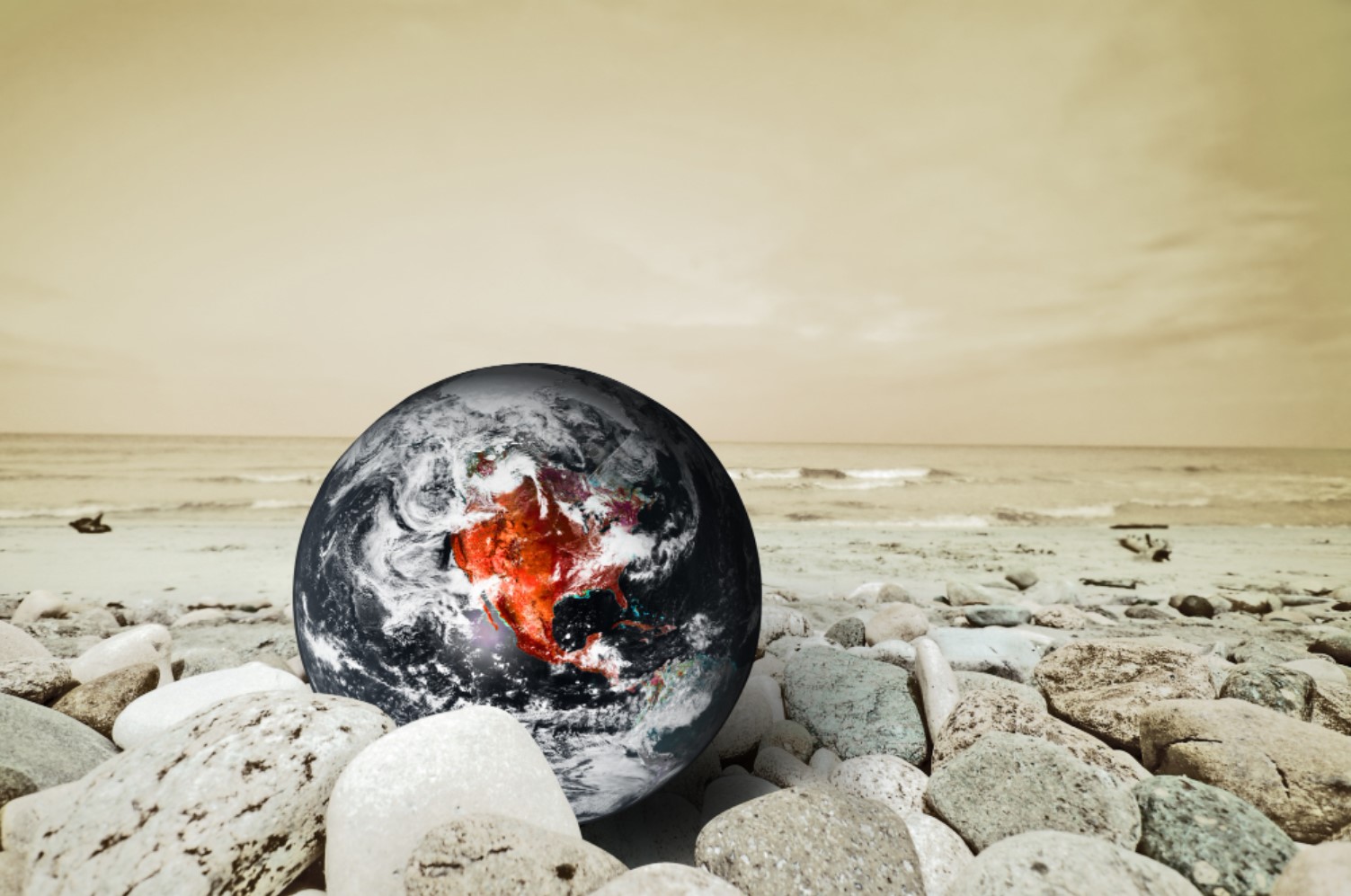
Source: Freepik
“Attributing these short-term peaks or lulls to a halt in global warming is nothing more than cherry-picking data,” a practice that ignores comprehensive trends (via TrendyDigests).
Ocean Temperatures Are Still Rising
Global land and ocean temperature records and satellite data confirm that the climate is continuing to warm.

Source: Cassie Matias/Unsplash
The oceans, which are absorbing most of the heat trapped by greenhouse gasses, have reached record temperatures. This reinforces the science behind the ongoing global warming.
Climate Change Still Persist
Climate models accurately simulate temperature observations, recording the warmer or cooler years that have affected Earth’s climate.

Source: Ricardo Gomez Angel/Unsplash
The Earth’s warming, which has been doing so since the industrial revolution, has been a consequence of human activity and invention. However, there is not a sole explanation for why the Earth is reacting the way it does.
The Earth Continues to Warm
While misleading claims that temperatures on Earth have flatlined in the last eight years have been making headlines, the global climate is still warming pre-industrial levels.
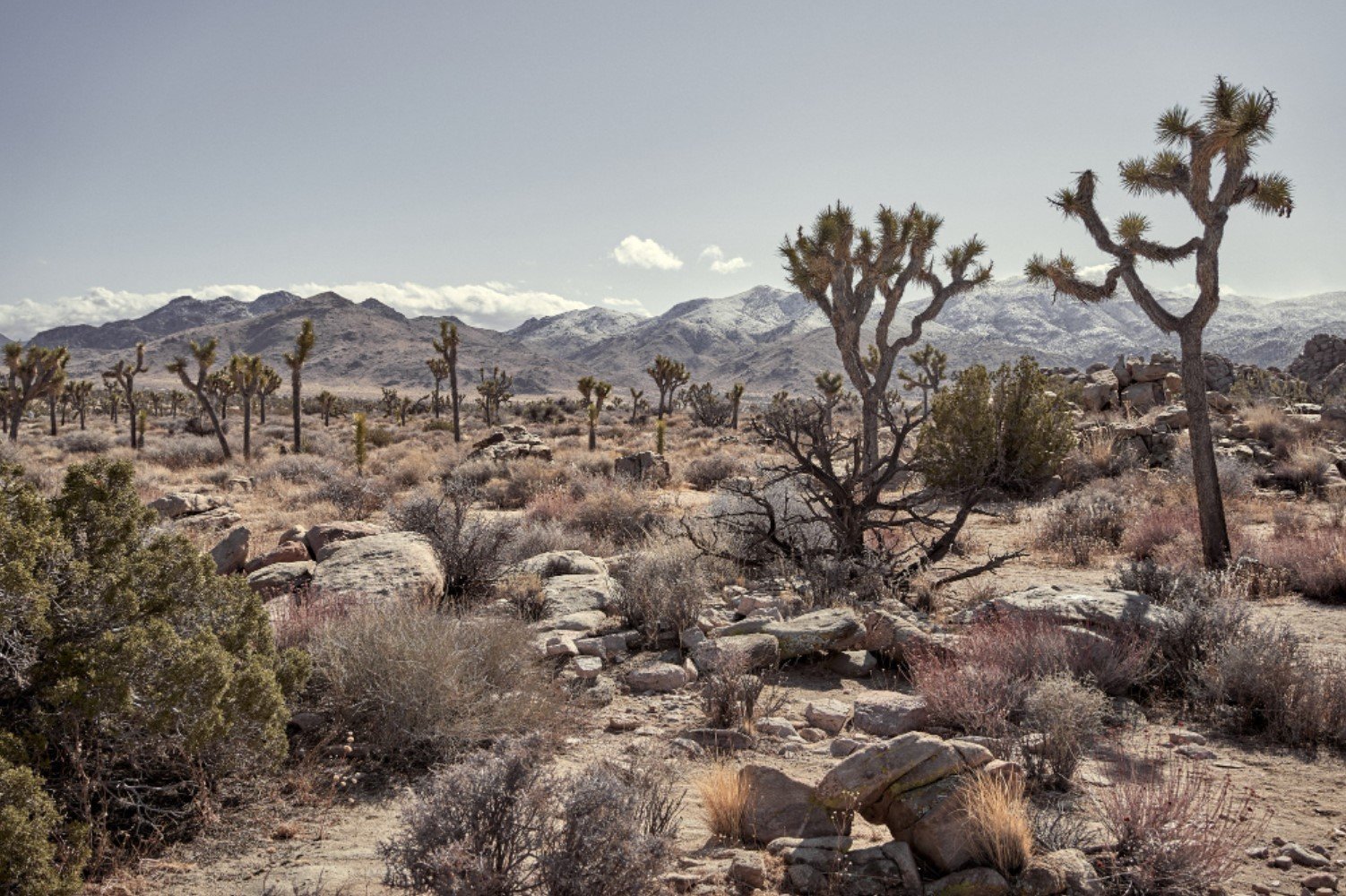
Source: Freepik
Continuing to rise persistently, it’s crucial to consider human-induced factors to aid in combating the escalation of temperatures.
